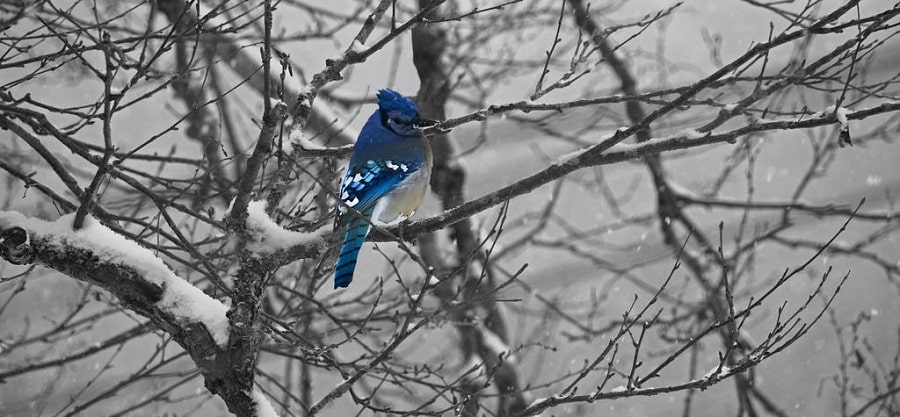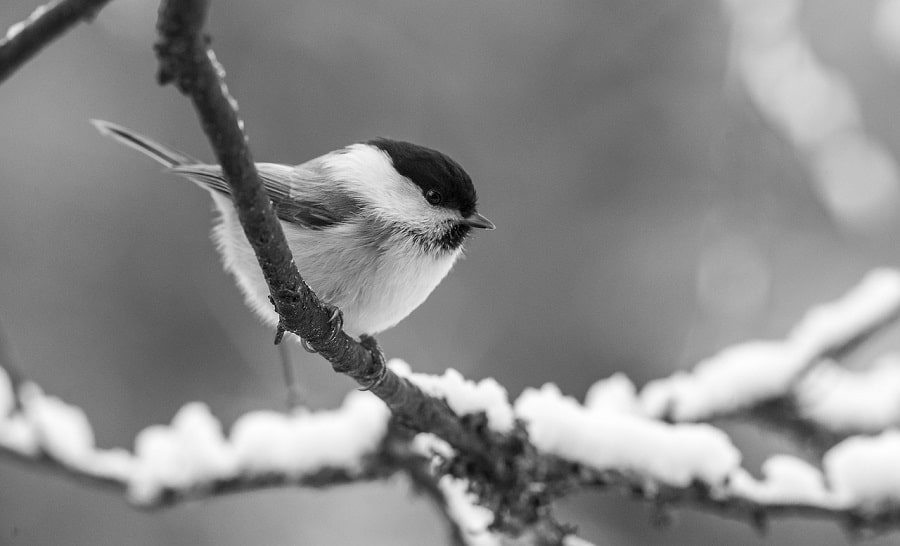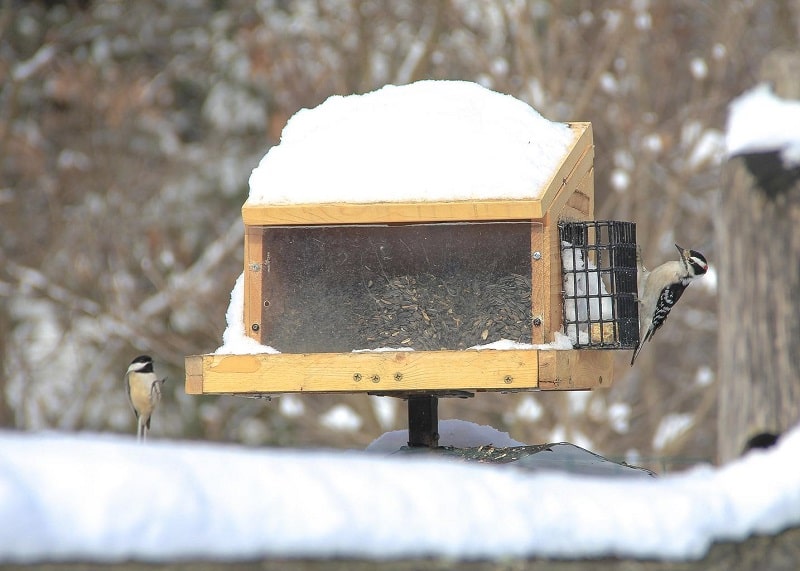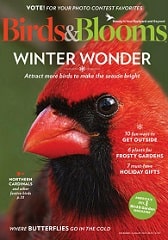How Do Birds Find Food in Winter?
Unraveling Winter Survival of Birds

As winter sets in and temperatures drop, many people wonder how birds manage to find food in the cold, snowy months.
Despite the challenges, these resilient creatures have developed a variety of strategies to locate and consume sustenance during the harshest season.
In this article, we'll explore the fascinating ways birds find food in the winter, and how you can help support their survival.
Adapting to Seasonal Changes
Birds are incredibly adaptable creatures, and many species adjust their diets to accommodate the scarcity of food in winter.
Insects and fruits may be abundant during warmer months, but as winter approaches, birds switch to consuming seeds, nuts, and other available resources.
This dietary flexibility allows them to survive and thrive in challenging conditions.
Some species, like the American Robin, switch to a diet of fruit, which they can find in abundance during winter months.
Others, like owls, hunt primarily at night, taking advantage of the reduced competition and the presence of small mammals that are more active in winter.
Additionally, birds may modify their feeding locations, shifting from the treetops to the ground to search for fallen seeds or insects.
Foraging Techniques
Birds employ a range of foraging techniques to locate food in the winter. Some species, like woodpeckers, use their strong beaks to chisel away at tree bark, uncovering insects hiding beneath.
Others, such as sparrows and finches, forage on the ground, searching for seeds and other edible items hidden beneath the snow.
Social Foraging in Winter
Birds are highly social creatures and often engage in social foraging during the winter months. By foraging in flocks, they increase their chances of finding food.
The collective efforts of multiple birds enable them to cover a larger area and communicate the discovery of food sources to one another.
This behavior is particularly evident in species like crows, starlings, and pigeons, which form large winter flocks and cooperate in locating and sharing food.
Memory and Spatial Awareness
Birds have remarkable memories and spatial awareness, which help them locate food sources during the winter months.
They can remember the locations of bird feeders, fruiting trees, and other food-rich areas, even when these resources are buried under snow.
This ability to recall and navigate to known food sources is crucial for their survival.

Scavenging and Opportunistic Feeding
Some birds, like crows and gulls, are opportunistic feeders, meaning they'll eat almost anything they can find.
These species are particularly adept at scavenging, and they'll often search for food in human-populated areas, such as garbage bins and landfills.
This adaptability allows them to find food even when natural resources are scarce.
Storing Food for Later
Many bird species, like chickadees and nuthatches, cache food during the warmer months to prepare for winter.
They'll hide seeds, nuts, and insects in tree crevices, under bark, or in other hiding spots, then return to these caches when food is scarce.
This foresight and planning help ensure they have a reliable food source throughout the winter.
How You Can Help Birds in Winter
As a bird enthusiast, you can support these amazing creatures by providing food and shelter during the winter months. Here are a few ways you can help:

Set up bird feeders: Providing a variety of bird feeders filled with seeds, suet, and other bird-friendly foods can be a lifeline for birds in the winter.
Be sure to clean and refill your feeders regularly to keep them safe and attractive to birds.
Offer water: Birds need fresh water for drinking and bathing, even in the winter. Set up a heated birdbath or water dish to ensure they have access to clean, unfrozen water.
Create natural habitat: Planting native trees, shrubs, and grasses can provide birds with natural food sources and shelter.
Consider adding fruit-bearing plants and evergreens to your landscape to support birds throughout the year.
Provide shelter: Birds need shelter from the cold and predators. Install birdhouses, roosting boxes, or simply leave brush piles and dead trees in your yard to create safe havens for birds.
Conclusion
Winter survival is a remarkable testament to the resilience and resourcefulness of birds.
Through their enhanced foraging skills, social behaviors, utilization of natural resources, human-provided food, and adaptive feeding behaviors, birds are able to navigate the harsh winter landscape successfully.
As we appreciate the beautiful melodies and graceful flights of these creatures, let us also be mindful of the crucial role we can play in supporting their survival by providing nourishment year-round.



